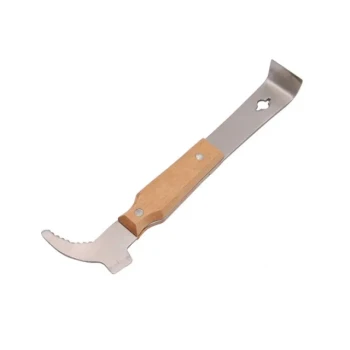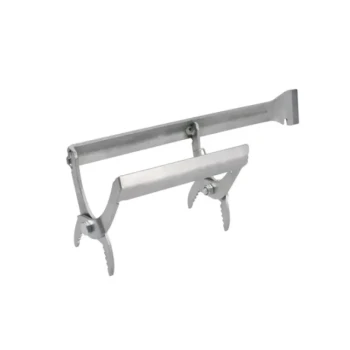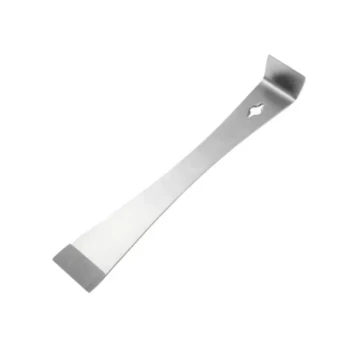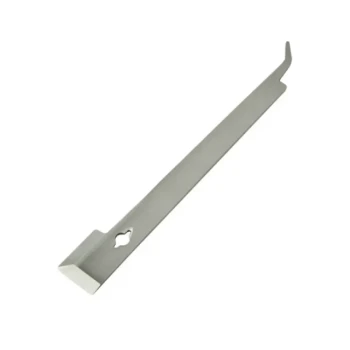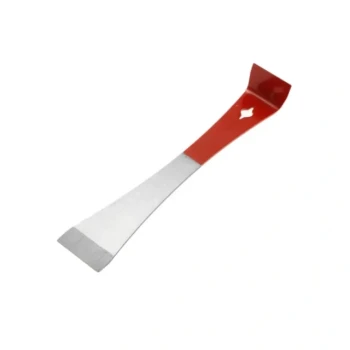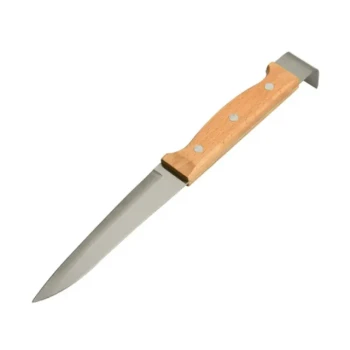To successfully raise a beehive, you must first establish the colony in a suitable location, then transition to a consistent cycle of care. This involves feeding the bees, performing regular inspections for health and pests, and strategically expanding the hive with new boxes, or "supers," as the colony grows.
The core of successful beekeeping is not a single set of tasks, but rather the ongoing stewardship of a living colony. Your role is to provide the optimal conditions for space, health, and nutrition, allowing the bees to thrive through the seasons.
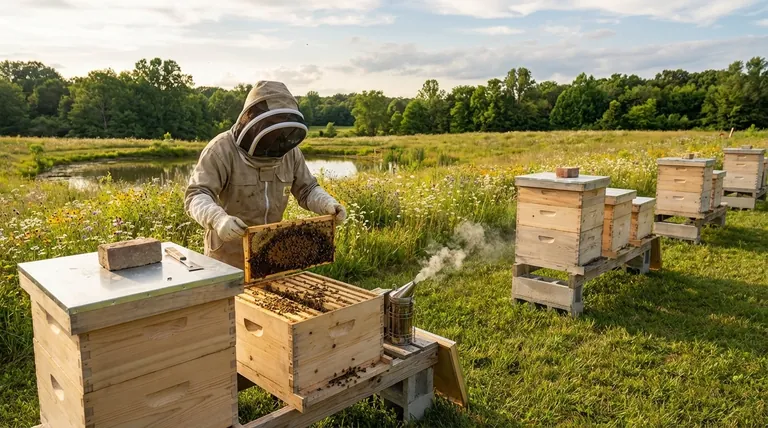
Foundational Setup: Location and Installation
The initial setup is critical for the long-term health of your hive. A poor start can create challenges that compound over time.
Choosing the Right Location
Your bees require a location that provides four key resources. These are typically sun, a nearby water source, shelter from strong winds, and a flight path that doesn't interfere with people or pets.
Proper positioning ensures the colony can regulate its temperature efficiently and forage with minimal stress.
Preparing the Hive and Location
Before your bees arrive, your hive equipment should be fully assembled and placed in its final position.
Level the ground and place the hive on a stand to protect it from moisture and pests. Ensure the area is clear of overgrown weeds.
Installing Your Bee Colony
Installing the bees is the process of transferring them from their transport package or nucleus hive into your permanent hive equipment.
This should be done calmly and gently, typically by shaking the bees into the open hive body and placing the queen cage between the frames.
The Core Rhythm: Ongoing Hive Management
Once established, your hive requires regular attention. This rhythm of inspection and support is where a beekeeper has the most impact.
Providing Consistent Nutrition
Newly installed colonies need a consistent food source to build comb and raise brood.
Feed your bees a 1:1 sugar water solution, especially during the first few weeks and in times when natural nectar is scarce.
The Importance of Regular Inspections
Routine inspections are your window into the colony's health. You are checking for the presence of a healthy, laying queen, signs of brood development, and adequate food stores.
These inspections allow you to identify and solve problems before they become critical.
Proactive Pest and Disease Control
Pests like varroa mites are a constant threat to honeybee colonies.
You must regularly monitor for pests and diseases and be prepared to intervene with appropriate treatments to keep the colony healthy and strong.
Managing Growth and Seasonal Changes
A healthy hive is a growing hive. Your management practices must adapt to the colony's changing needs throughout the year.
Expanding the Hive: Adding a Super
When you see that the bees have built out the comb on about 70-80% of the frames in their current box, it is time to add another one, called a super.
To do this, you first perform a quick inspection to confirm the colony is healthy. Then, you gently place the new, assembled super directly on top of the uppermost hive box.
A queen excluder is often placed between the brood boxes and the new honey supers to prevent the queen from laying eggs where honey will be stored.
Preparing for Winter
As cold weather approaches, the colony needs help to survive. This involves ensuring they have ample honey stores to eat.
You can also wrap the hive in insulation, but you must ensure the entrance is not blocked. Proper ventilation is crucial to allow moist air to escape, which can be achieved by placing a small shim under the lid or using a quilt box.
Common Pitfalls to Avoid
Understanding potential mistakes is as important as knowing the right steps. Avoiding these common errors will significantly increase your chances of success.
Over-Inspecting the Hive
While inspections are necessary, opening the hive too frequently disrupts the colony's work. It breaks the propolis seals they create and can chill the developing brood.
Neglecting Pest Management
Ignoring pests, especially varroa mites, is one of the fastest ways to lose a colony. A consistent and integrated pest management plan is non-negotiable for modern beekeeping.
Expanding Too Soon or Too Late
Adding a super too early can give the bees more space than they can effectively manage and defend. Adding it too late can cause the colony to feel crowded, potentially leading them to swarm.
Making the Right Choice for Your Goal
Your primary objective will shape your focus during the first year of beekeeping.
- If your primary focus is establishing a healthy colony: Prioritize a good location, consistent feeding, and minimal, purposeful inspections.
- If your primary focus is long-term survival: Pay close attention to proactive pest management and proper winterization techniques.
- If your primary focus is preparing for honey production: Master the timing of adding new supers to ensure the colony has space to store nectar when it becomes available.
Ultimately, raising a beehive is about learning to observe and respond to the needs of a remarkable and complex organism.
Summary Table:
| Key Task | Purpose | Key Consideration |
|---|---|---|
| Location Setup | Provide sun, water, shelter, and a safe flight path. | Level ground, use a hive stand. |
| Consistent Feeding | Support comb building and brood rearing, especially for new colonies. | Use a 1:1 sugar water solution. |
| Regular Inspections | Monitor queen health, brood development, and food stores. | Avoid over-inspecting to prevent stress. |
| Pest Management | Control threats like varroa mites to ensure colony strength. | Implement a proactive, integrated plan. |
| Adding Supers | Manage colony growth and create space for honey production. | Add a new box when 70-80% of frames are drawn out. |
| Winter Preparation | Help the colony survive cold months. | Ensure ample honey stores and proper ventilation. |
Ready to build a thriving apiary?
At HONESTBEE, we supply commercial apiaries and beekeeping equipment distributors with the durable, high-quality supplies needed for successful, large-scale beekeeping. From hive boxes and feeders to protective gear and mite treatments, our wholesale-focused operations provide the reliable equipment that supports the exact management practices outlined above.
Let's equip your beekeeping success. Contact our team today to discuss your wholesale needs.
Visual Guide
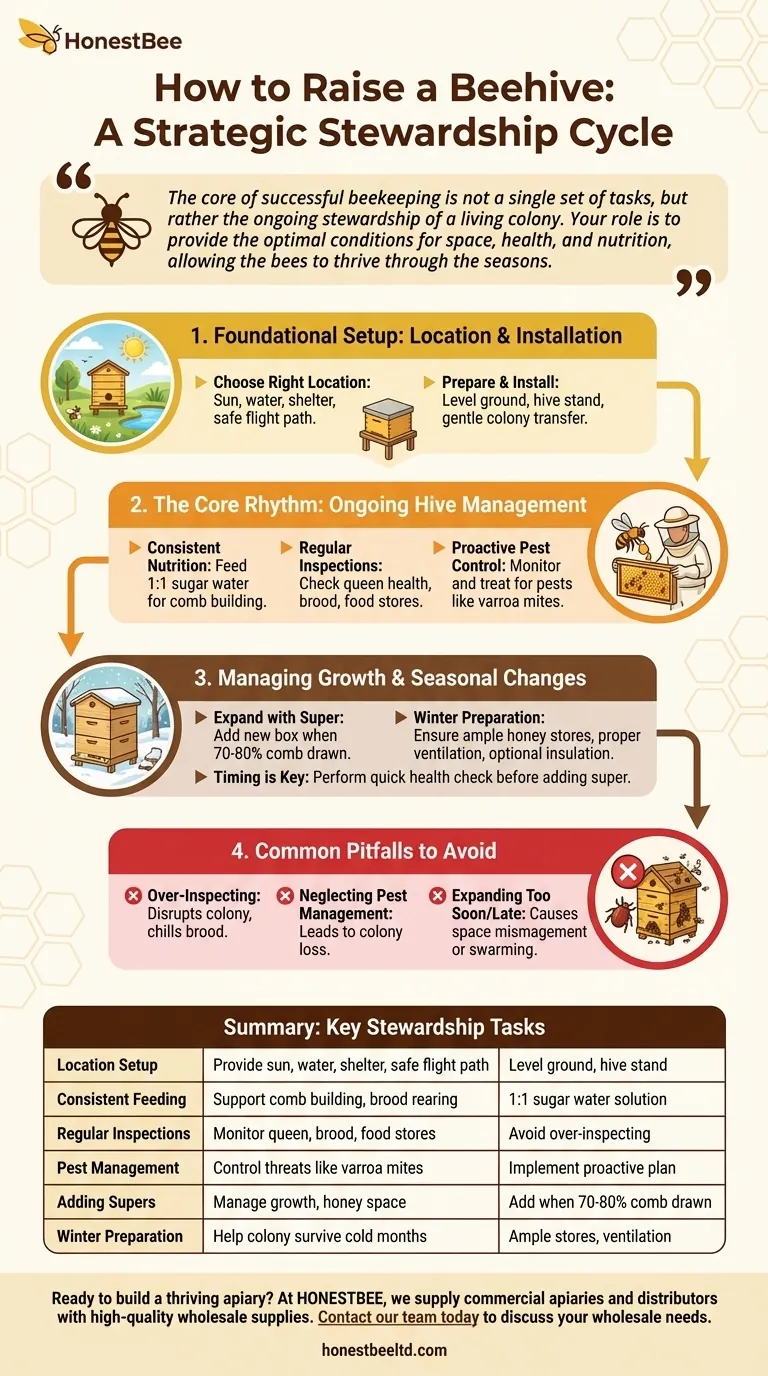
Related Products
- Langstroth Bee Hives Bee Keeping Box for Beginners Beekeeping
- HONESTBEE Professional Multi-Functional Hive Tool with Ergonomic Wood Handle
- HONESTBEE Professional Long Handled Hive Tool with Precision Cutting Blade
- HONESTBEE Advanced Ergonomic Stainless Steel Hive Tool for Beekeeping
- Long Langstroth Style Horizontal Top Bar Hive for Wholesale
People Also Ask
- Should a beginner try a different type of hive? Start with a Langstroth for a solid foundation.
- Why are Langstroth hives recommended for beginners? Unmatched Support & Standardization
- Why might a beginner be advised to start with a Langstroth hive? Unlock a Supportive Beekeeping Ecosystem
- How does the orientation of the hive sides benefit comb construction? Ensure Straight, Movable Combs for Easier Hive Management
- How does the ease of access differ between 8-frame and 10-frame hives? Choose the Right Hive for Your Body

